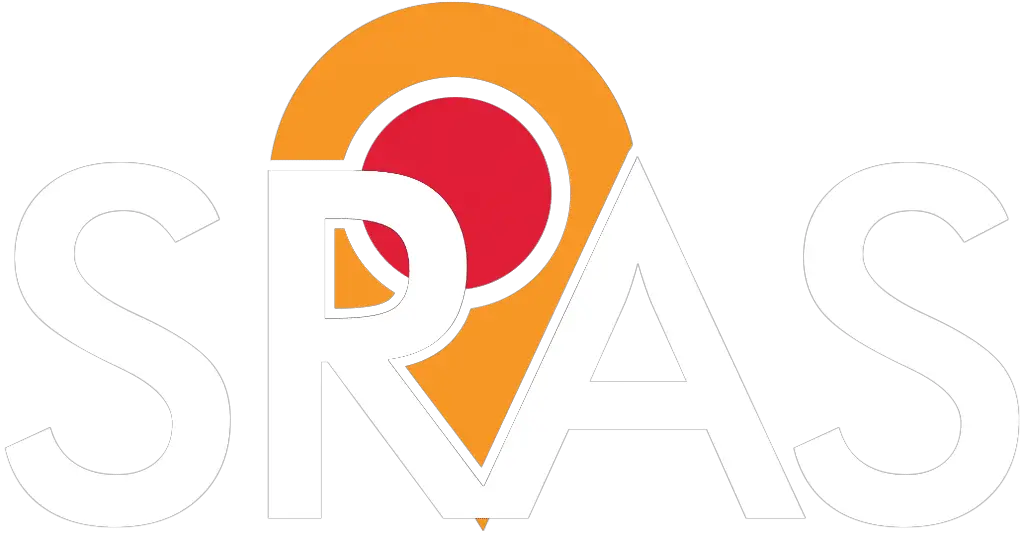Part of the  Family of Sites
Family of Sites
Central Asia’s rich tradition of carpet weaving reflects the region’s history, culture, and identity. From the ancient nomads of the Pazyryk Valley to the artisans of Kyrgyz yurts and the urban weavers of Samarkand, carpets have long served both practical and symbolic functions. Their materials, techniques, and motifs reflect centuries of interaction between nomadic and […]
The Talking Phrasebook Series presents useful phrases and words in side-by-side translation and with audio files specifically geared to help students work on listening skills and pronunciation. Below, you will find several useful phrases and words. To the left is the English and to the far right is the Uzbek translation. Uzbek is currently transitioning […]
What created Uzbek national identity? This is a complex question and one that is personal for each Uzbek. This resource will focus on presenting one element of this identity – the Uzbek national narrative. Who are the national heroes and what are the pivotal events that they learned about in school? What are the major […]
Uzbekistan’s ancient pottery and ceramics offer a window into the deep history and vibrant cultural evolution of Central Asia, connecting the ingenuity of early Silk Road societies to modern-day artistic traditions. The remarkable discoveries unearthed by archaeologists, from Hellenistic-era pottery fragments at the Uzundara Fortress to the intricately glazed ceramics of Rishton and Afrasiyab, reveal […]
Most of Uzbekistan’s holidays are recognizable from the old Soviet calendar, although they have been moved, refocused, and/or renamed to now celebrate Uzbekistan’s independent, post-1991 history and culture rather than that of the USSR. The major exceptions to this are two major Islamic holidays and the ancient Persian New Year celebrations that have now been […]
Victory Day is a holiday of significance in many Eurasian cultures, but particularly stands out in Russia. People pay homage to veterans and remember the sacrifices that were made for the sake of victory in WWII. While Victory Day is deeply ingrained in Russia’s national identity, its observance across Eurasia reveals nuanced changes or adaptations […]
Navruz is a spring solstice celebration that marks the beginning of the New Year according to the traditional Persian calendar. It has been a beloved holiday for some 3,000 years, surviving cultural change caused by centuries of tumultuous history. It was once celebrated on the vernal equinox but is now celebrated on the set date […]
Hazrati Imam Jome Mosque is a modern addition to the Hazrati Imam Complex, which features structures built from the 15th century onwards. Located in the oldest part of Tashkent, the mosque celebrates Uzbekistan’s Islamic heritage and is itself the main center of worship in the Uzbek capital. Welcoming tourists, the mosque and the surrounding complex […]
Uzbek cuisine is steeped in the rich history and diverse influences of Central Asia. Uzbek food is a distinctive branch of the broader Turkic culinary family, enriched by Persian influence as well as by the hearty foods of Eurasia’s nomadic cultures. Slavic influence comes from Uzbekistan’s time as a part of the Russian and Soviet […]
Lagman is a dish that is very common in Central Asia, China, and many Middle Eastern countries. It can also be found in Russia and the Caucasus and is a popular dish among the Crimean Tatars. The basic recipe, which combines noodles with meat, has hundreds of variations. In Uzbekistan, the dish tends be a […]
The World Nomad Games is a unique international sporting event that celebrates the traditional sports and cultural heritage of the traditionally nomadic Turkic people. The World Nomad Games brings together athletes and spectators from around the world to participate in nomadic traditions through a festival of traditional sports, cultural events, and art exhibitions. The next […]
Chuchvara is a dumping staple dish in Central Asia, the South Caucasus, and the Middle East. Originally introduced there under the Persian Empire, they are today most associated in Central Asia with Uzbek tradition. However, they are also considered a local national dish throughout the countries of the region. Chuchvara contrast with manti, the other […]